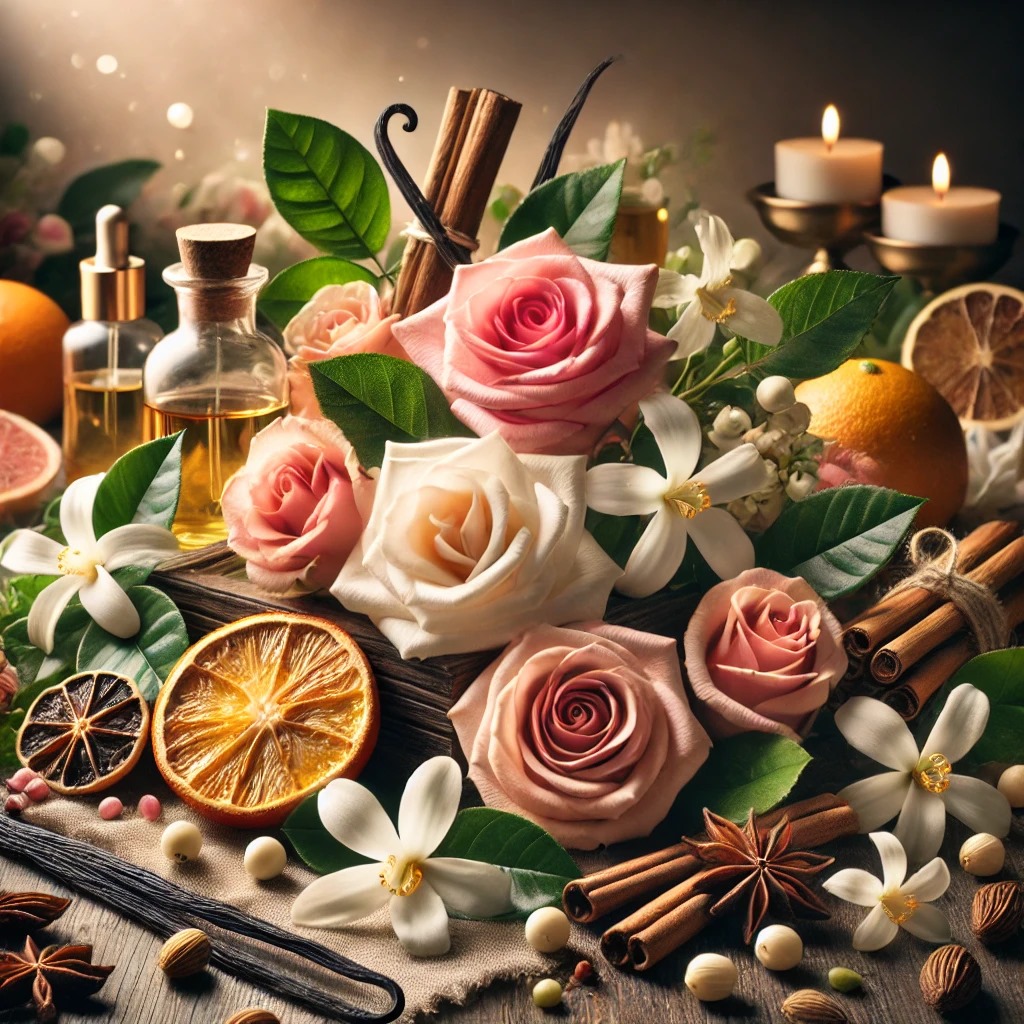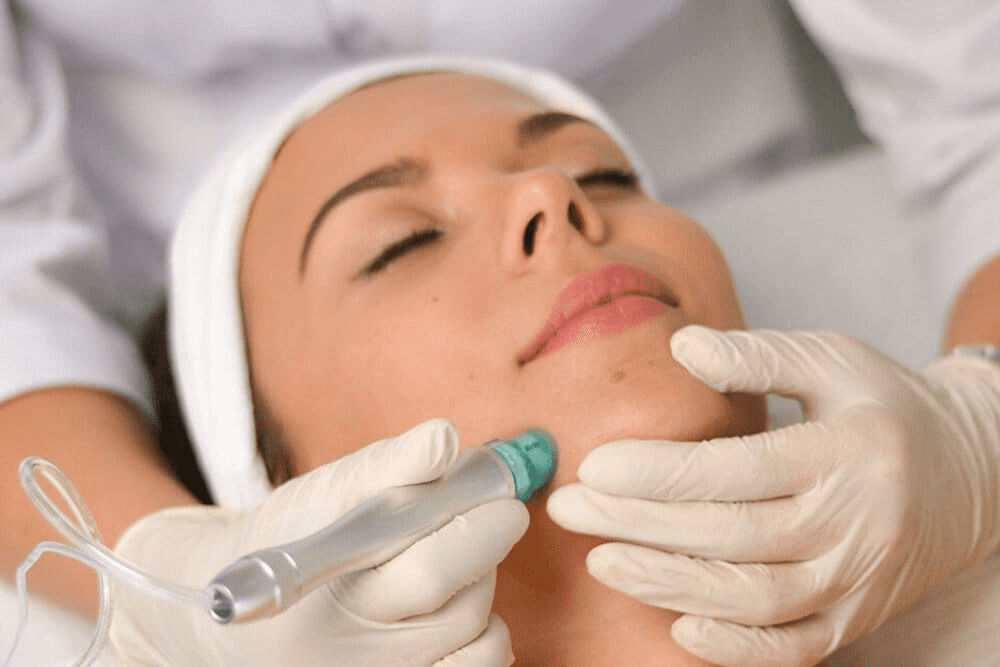The perfume-making process starts by sourcing natural essences from across the globe, and then it gets scientifically refined. Flavor manufacturer help provide unique scents with high quality ingredients. There are myriad steps involved in perfume production, everything from choosing the right materials to the final bottling. The artistry meets the science to create fragrances that delight the senses. Whether you’re passionate about perfume or just have an interest in scent creation, learning about this intricate process gives a glimpse behind the magic of creating classic and recognizable fragrances.
Sourcing Natural Ingredients

Every perfumery starts with obtaining superior-quality component materials. Perfumers extract their materials from different floral scents combined with extractable fruits, spices, herbs, woods and resin. Bulgarian rose flowers and Indian jasmine together with Australian sandalwood comprise some of the many natural resources obtained from around the world.
The unique scent profile of perfumes comes from carefully sourced natural ingredients, often obtained by industry experts using sustainable methods. Companies like Robertet, a leading flavor manufacturer, play a key role in sourcing and refining high-quality ingredients for perfumes. The preservation of natural scent profiles occurs via the careful extraction of essential oils and absolutes and resins through different extraction methods. Modern sourcing practices for sustainable materials have become increasingly popular to maintain natural resources available throughout forthcoming generations.
Extraction Techniques for Essential Oils
Once the raw materials are gathered, the next step is extracting their aromatic essences. Several methods are used in the fragrance industry, including:
- Steam Distillation: Commonly used for flowers and herbs, where steam helps release the essential oils.
- Solvent Extraction: Ideal for delicate flowers like jasmine, where solvents help obtain the purest scent.
- Cold Pressing: More common with citrus fruits, when oils are removed by pressing the rinds.
- Enfleurage: An ancient technique in which flowers are immersed in fats and absorb their scent.
Each technique has its benefits and is chosen based on the material being processed. The resulting essential oils are the heart of every fragrance, determining its strength and longevity.
Blending the Fragrance
The combination of scientific accuracy with artistic perfume creation takes place in the blending process. The expertise of “noses” in perfumery allows them to merge essential oils into mellifluous fragrances through their specialized blending technique. The structure of perfumes contains three specific layers which create different components of the fragrance experience.
Top notes show up first and last the shortest to create a fresh and light impression with scents of citrus mint or lavender. These fast-fading sensory notes initiate a sequence that leads to the following scents. After its dispersal cycle, the perfume unveils its heart notes which express its genuine aroma. The middle layer consists of flowery and spicy elements that produce rose, jasmine, or cinnamon to develop a complex perfume base.
Finally, the base notes create the foundation which extends the perfume wear. Rich and warm scent components including musk, vanilla and sandalwood serve to keep the fragrance active throughout the entire period it remains on the wearer. Skilled perfume makers need time and experience to achieve an optimal harmonic combination of fragrance elements. Proficient perfumers require multiple formula modifications and strive for weeks to months to combine scents perfectly until they create a premium long-lasting fragrance.
Aging and Bottling
During the maturation phase, the blended scent molecules gradually harmonize, creating a well-balanced and refined fragrance. Throughout this time, the fragrance experiences subtle yet important transformations, resulting in a final product that is rich, smooth, and enduring.
After this stage, the perfume moves into packaging, where specialists choose elegantly designed bottles that capture the essence of the fragrance. These bottles not only safeguard the scent but also visually convey the identity of the perfume. With this final step, the careful process of converting raw natural ingredients into a luxurious and refined fragrance comes to an end.
Key Steps in Fragrance Production
- Raw Material Sourcing: Collecting high-quality flowers, fruits, and wood.
- Extraction: Using techniques like steam distillation and solvent extraction.
- Blending: Creating a balanced composition with top, heart, and base notes.
- Aging: Allowing the perfume to mature for better scent development.
- Bottlin: Packaging the final fragrance in beautifully crafted bottles.
Conclusion
From natural resources to a chic bottle, the process of turning a fragrance into an elegant solution is part alchemy, part art, part science, part craftsmanship. The development of a perfume begins with the careful choice of raw materials, whether it be floral, woody or spicy, to create an unique olfactory experience. These ingredients are thoughtfully combined by skilled perfumers, allowing the fragrance to develop over time, with richness and complexity. Each scent tells a story, evoking feelings and memories through the masterfully composed notes. Each spray provides a distinguished experience thanks to mindful production crafting with quality and durability in mind.




